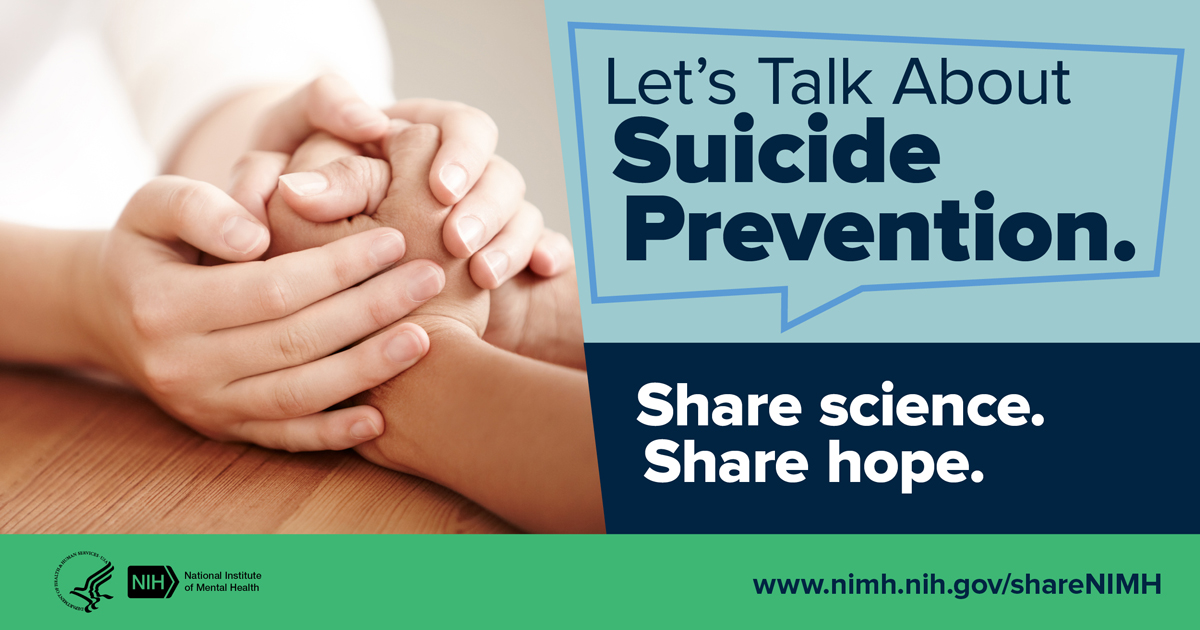
Researchers in the USA have developed a computerised adaptive screening system to identify youth at risk for attempting suicide. The screener, called the computerised adaptive screen for suicidal youth (CASSY), consists of a set of questions and in its initial trials correctly identified 82.4% of youth who went on to attempt suicide in the three months following their screening.
Suicide rates for adolescents in America have risen over the past two decades and approximately 40% of those who have ended their life have been previously treated for a mental health concern. A&E departments at hospitals are a common place for young individuals to access emergency care, so a suicide screener that can quickly and accurately identify suicide risk would be of great use in these settings.
In the first phase of the study, researchers recruited youth between the ages of 12 and 17 in collaboration with 13 A&E departments who are part of the U.S. Paediatric Emergency Care Applied Research Network (PECARN). Youth who were admitted to a participating emergency department during randomly selected shifts completed self-report questionnaires assessing their suicide ideation and rumination, history of suicide attempts, self-injury, depression, hopelessness, alcohol and drug misuse, family situation, school life, social connectedness, physical and sexual abuse and other factors that have been found to be related to suicide risk. The young person and their parents then received follow-up calls three months after this initial screening to learn if they had tried to end their life in the intervening months. The data findings from this phase were then used to create the CASSY.
In the second phase of the study, the researchers tested the ability of CASSY to predict suicide risk in a new set of youth, aged 12 to17, who presented to 14 PECARN emergency departments and one Indian Health Service emergency department. Youth completed the CASSY set of screening questions as well as a subset of the questionnaires given to participants in the first phase of the study. As in the first phase of the study, the young person and their parents were contacted three months after completing the initial screeners to learn whether they had tried to end their life in the past three months.
When researchers looked at the data from the second phase of the study, they found CASSY correctly identified 82.4% of young people who had attempted suicide in the three months after screening and 72.5% of people who did not attempt suicide in the three months after screening.
The findings suggest that CASSY provides a valuable tool for identifying youth at risk for suicide and may help emergency personnel identify young individuals who are in need of increased support and suicide prevention services.
Find out more here.